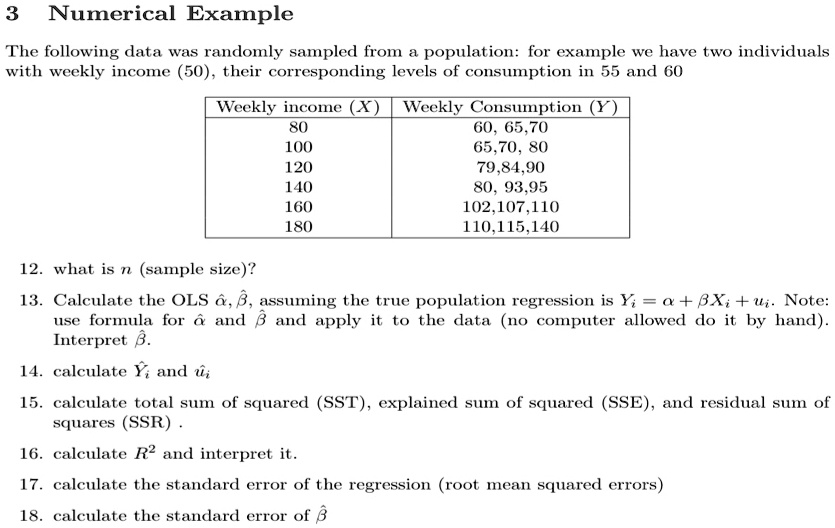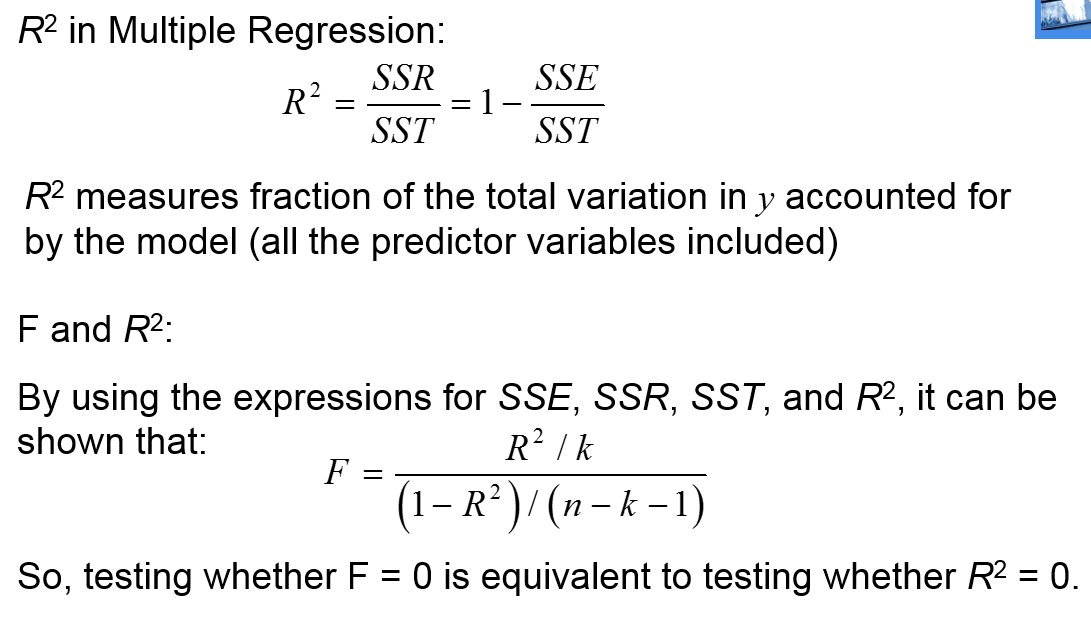
The second row show the the amount of variation that is due to systematic differences between the two rows.

Equivalently, it quantifies how much variation is due to the fact that the differences among columns is not the same for both rows. It quantifies how much variation is due to the fact that the differences between rows are not the same for all columns. The first row shows the interaction of rows and columns. How to report two-way ANOVA results in a table Sum-of-squaresįocus first on the sum-of-squares (SS) column with no repeated measures: I rearranged and renamed a bit so the four can be shown on one table ( Excel file). Here are the ANOVA tables for the four conditions. The colors are repeated between tables, but this means nothing. Each color within a table represents one subject. The tables below are color coded to explain these designs. I analyzed the data four ways: assuming no repeated measures, assuming repeated measures with matched values stacked, assuming repeated measures with matched values spread across a row, and with repeated measures in both directions. I entered data with two rows, three columns, and three side-by-side replicates per cell. But if you are curious in the details, this page explains how the ANOVA table is calculated. The results of the post-hoc comparisons (if the p-value was statistically significant).You can interpret the results of two-way ANOVA by looking at the P values, and especially at multiple comparisons. The overall F-value of the ANOVA and the corresponding p-value.

When reporting the results of a one-way ANOVA, we always use the following general structure: A brief description of the independent and dependent variable. When the dialog box in Figure 1 appears, enter A3:D38 in the Input Range, unclick Column headings included with data, select Std by Columns as the Input Format, select ANOVA as the Analysis Type and click on the OK button. To do this, enter Ctrl-m and select the Three Factor ANOVA option from the menu that appears. How do you do a three way ANOVA in Excel? A two-way ANOVA instead compares multiple groups of two factors. In a one-way ANOVA, the one factor or independent variable analyzed has three or more categorical groups.


What is the difference between one-way and two way Anova?Ī one-way ANOVA only involves one factor or independent variable, whereas there are two independent variables in a two-way ANOVA. Check the Labels checkbox if you have meaningful variables labels in row 1. Under Input, select the ranges for all columns of data. From the Data Analysis popup, choose Anova: Single Factor. In Excel, do the following steps: Click Data Analysis on the Data tab. How do you manually run a two way Anova?.How do you do a three way ANOVA in Excel?.What is the difference between one-way and two way Anova?.


 0 kommentar(er)
0 kommentar(er)
